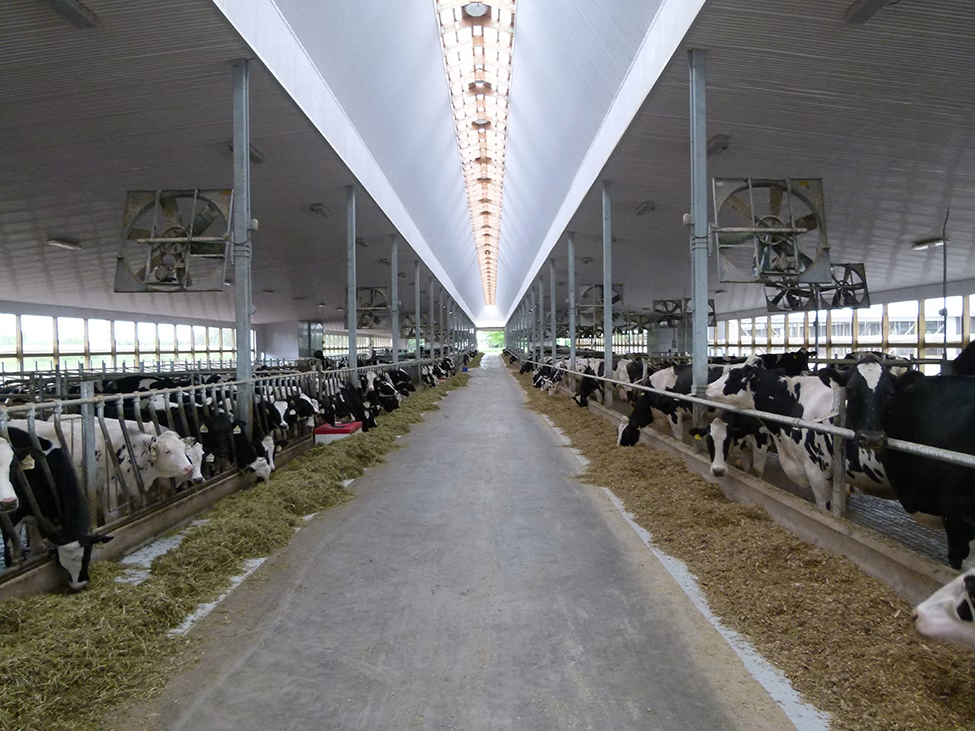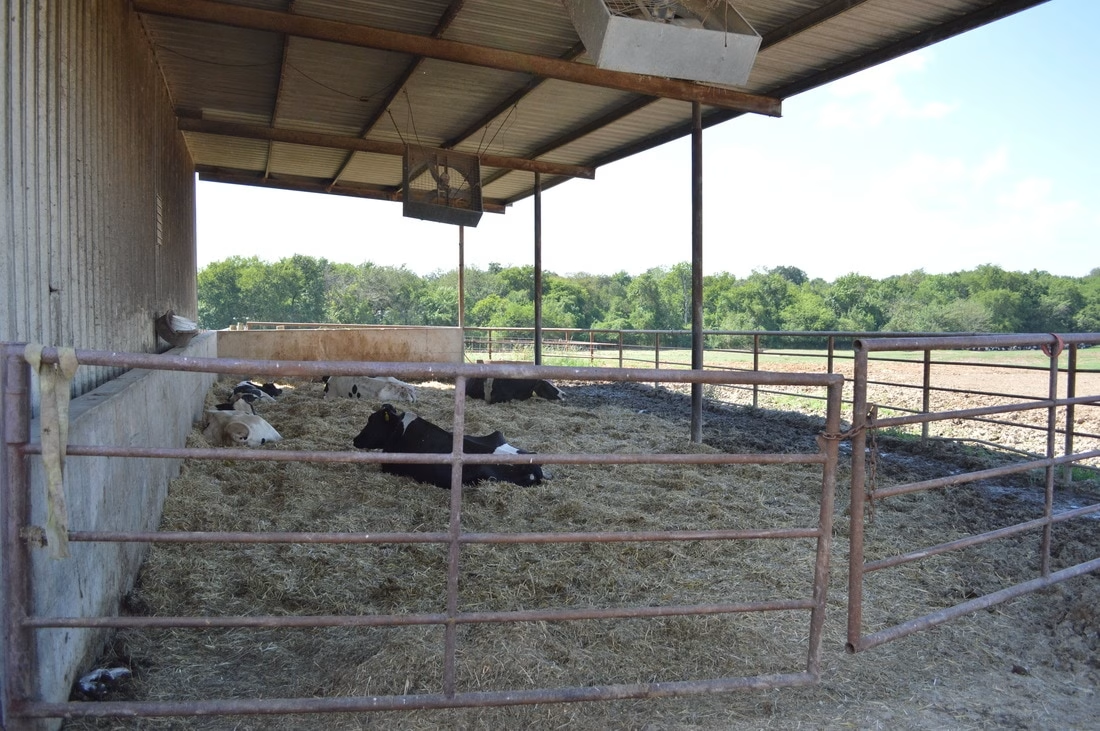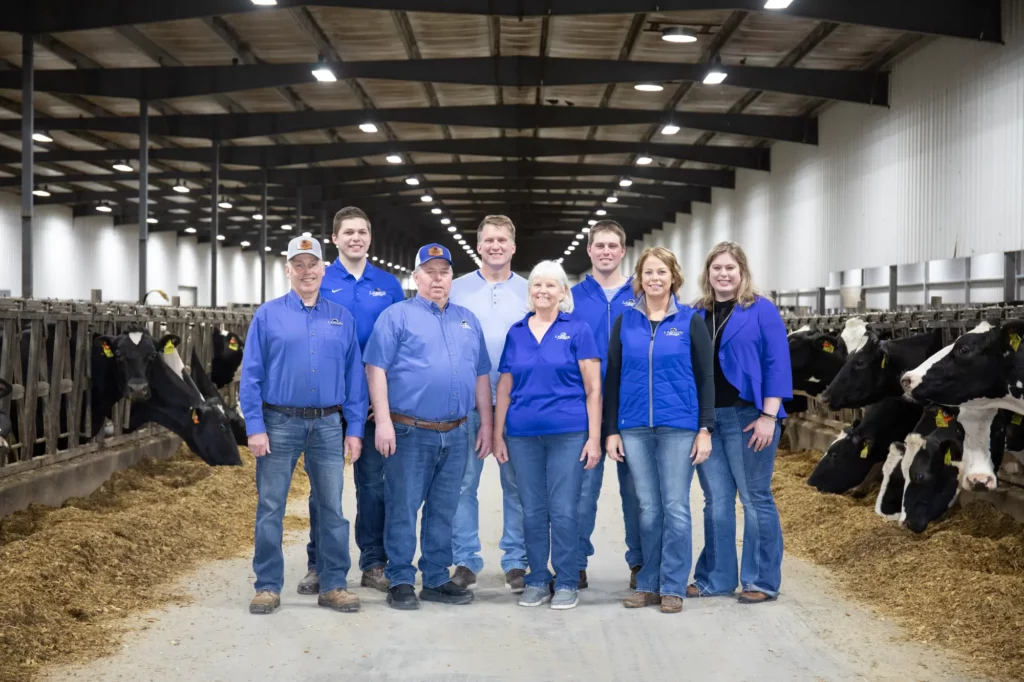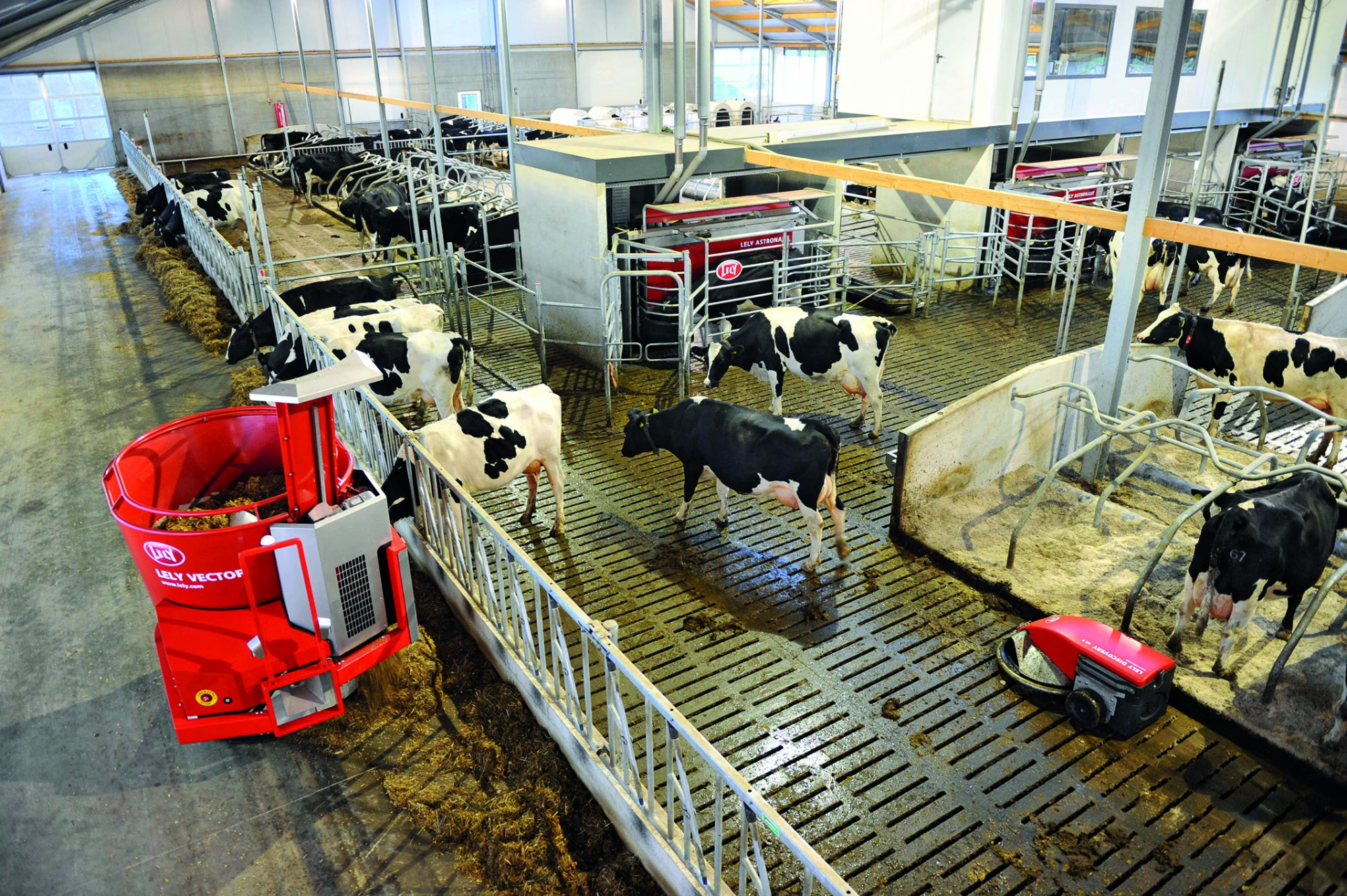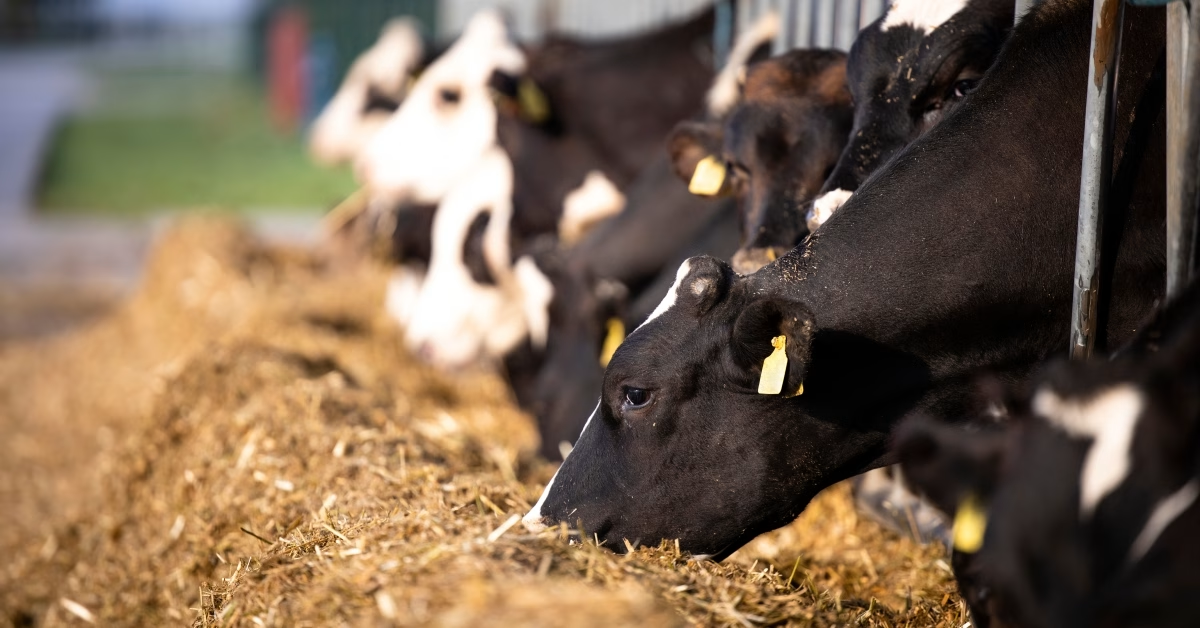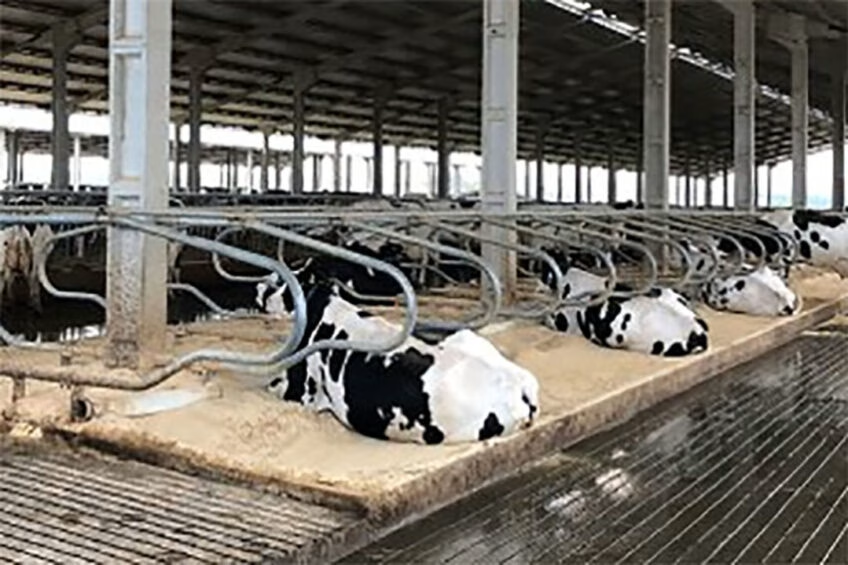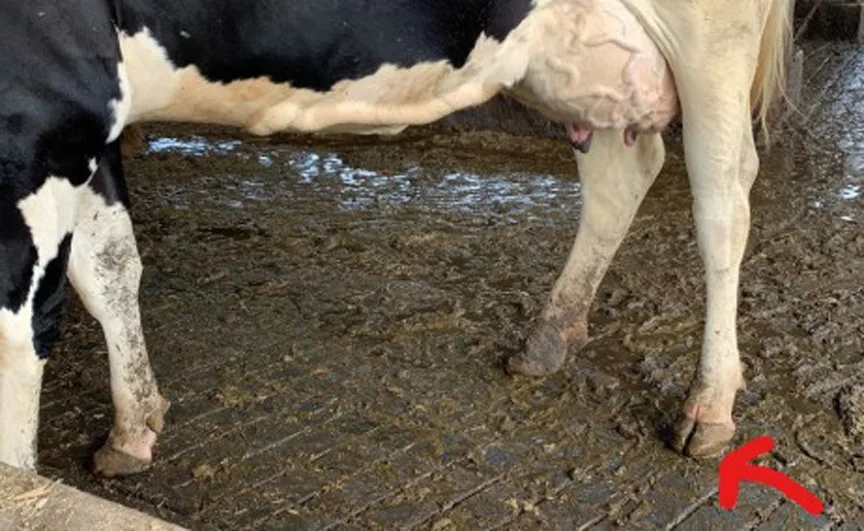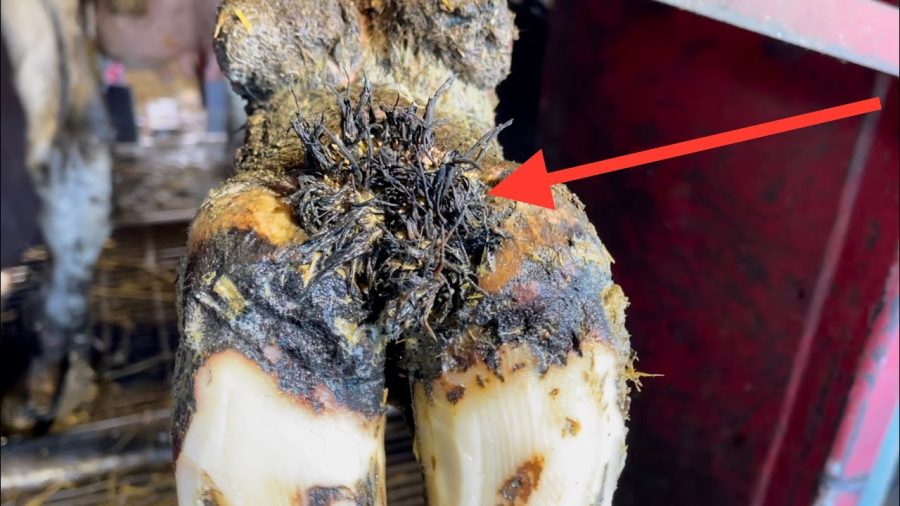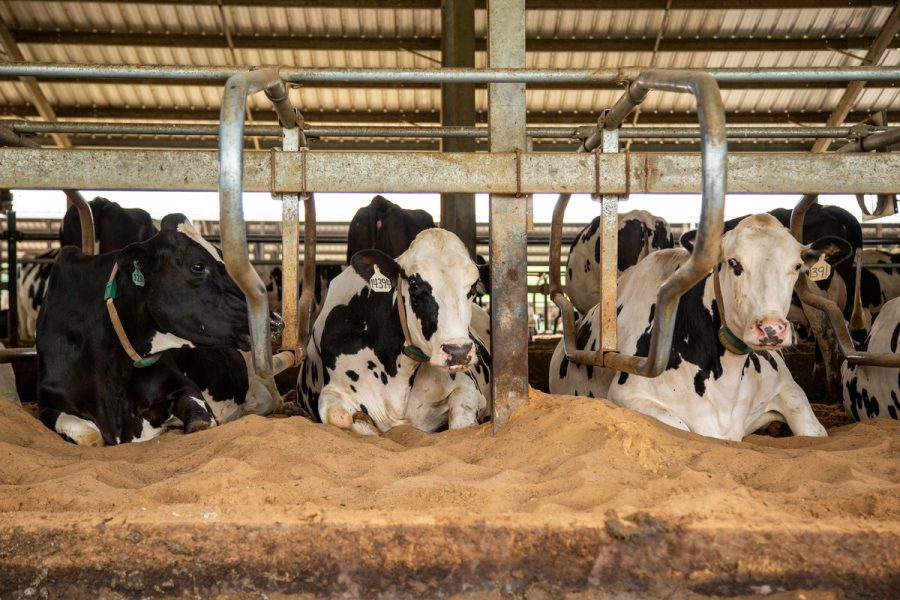Robotic milking revolution: DeLaval reports 15% surge in installations as labor crisis deepens. Discover how automation is reshaping dairy’s future.
EXECUTIVE SUMMARY: The dairy industry is experiencing a technological revolution as robotic milking systems gain unprecedented traction, with DeLaval reporting a 15% increase in North American installations over the past year. Worsening labor shortages and the promise of improved cow welfare primarily drive this surge. DeLaval’s innovative VMS™ Batch Milking system transforms large-scale operations, while farmers report significant production gains and quality improvements with robotic systems. The global milking robot market is projected to grow from $2.98 billion in 2024 to $6.03 billion by 2029, reflecting confidence in continued rapid adoption. Despite substantial upfront costs, the comprehensive benefits of robotic milking – including increased efficiency, improved milk quality, and enhanced quality of life for farmers – make it an increasingly attractive solution for dairy operations of all sizes.
KEY TAKEAWAYS:
- The labor crisis is the primary driver of robotic milking adoption, with systems now seen as essential operational tools rather than luxury investments.
- Robotic milking systems typically increase milk production by 3-5% (up to 6-8% with new barn construction) while reducing labor requirements and improving milk quality.
- Successful implementation requires careful planning, ongoing management commitment, and strong dealer support to maximize return on investment.
- Integrating robotic milking with other automated systems creates opportunities for fully integrated dairy management platforms, which offer significant competitive advantages.
- The global milking robot market is expected to grow at a CAGR of 15.4% from 2025 to 2029, signaling a transformative shift in modern dairy production methods.

The dairy industry is witnessing an unprecedented technological transformation as automated milking systems gain remarkable momentum across North America. DeLaval’s reported 15% increase in robotic milking system installations over the past year signals a significant shift in how progressive producers address critical challenges. This surge reflects a growing recognition that automation delivers a viable solution to persistent labor shortages and substantial improvements in cow welfare – twin challenges that have reached critical levels for many operations.
Game-Changing Technology Transforms Large-Scale Dairy Operations
DeLaval’s innovative VMS™ Batch Milking system, launched in January 2024, marks a revolutionary advancement for large dairy operations traditionally hesitant to adopt robotic technology. This groundbreaking approach has rapidly gained global traction, with more than 10 installations collectively milking approximately 10,000 cows worldwide in just two months.
The system’s genius lies in its facility layout, which features multiple VMS units configured like a parallel parlor. This allows more extensive operations to transition to robotic milking while maintaining familiar management routines. After milking, cows follow an exit lane guided by selection gates to their destination without requiring additional labor intervention, creating a seamless bridge between conventional parlor familiarity and cutting-edge automation benefits.
Jason French, DeLaval’s VMS solution manager, emphasizes that this integration creates “a seamless combination of precision robotic technology and traditional milking routine familiarity,” positioning the system as “the next accessible step for dairy farmers looking to transform and improve their operational efficiency.”
| Major Robotic Milking System Manufacturers | Primary Systems | Market Position |
| DeLaval (Sweden) | VMS V300, VMS Batch Milking | Leading player with extensive global presence |
| GEA Group AG (Germany) | Various systems | Key industry player |
| Lely Holding S.à r.l. | Various systems | Major manufacturer |
| Fullwood Packo Ltd. | Various systems | Established manufacturer |
| Afimilk Agricultural Cooperative Ltd. | Various systems | Significant market presence |
Worsening Labor Crisis Drives Rapid Technological Adoption
The desperate search for reliable farm labor continues accelerating the adoption of robotic milking systems across diverse operations. Industry experts consistently identify workforce challenges as the most pressing threat to dairy sustainability beyond milk and feed prices, creating a severe labor crisis that fundamentally reshapes operational strategies.
Recent industry analyses reveal a dramatically transformed dairy workforce. Employees often lack agricultural backgrounds and previous experience with large animals or equipment. The demographic shift toward more Central American workers has introduced cultural and linguistic complexities that complicate effective labor management.
This perfect storm of workforce challenges has transformed robotic milking systems from luxury investments to essential operational tools. Larry Tranel, dairy specialist for Iowa State University Extension and Outreach, bluntly captures a sentiment shared by many producers: “Quality of life is a big reason people put robots in because they hate dealing with labor.”
Stunning Production Gains Create Compelling Investment Case
Beyond addressing labor shortages, dairy producers implementing robotic milking systems report significant production advantages that strengthen the economic case for automation. The technology delivers measurable improvements across multiple performance indicators, creating a compelling return on investment beyond simple labor savings.
| Benefits of Robotic Milking Systems | Impact |
| Milk Production Increase | +3-5% typically; +6-8% with new barn construction |
| Milking Frequency | Increase from ~2x to ~3x daily |
| Somatic Cell Count | Decreased by 3-5% |
| Labor Requirement | Significant reduction (equivalent to 15 years of paid labor) |
| Cow Comfort | Improved with cows on individual schedules |
The sophisticated algorithms embedded in modern robotic systems map each cow’s production patterns and determine individualized milking intervals, optimizing lactation efficiency in ways impossible with conventional milking. One producer transitioning from conventional milking reported: “Our two-time-per-day conventional dairy went to nearly 3x immediately as sophisticated algorithms map production of each cow and determine milking intervals that are individualized for each cow.”
These milk quality improvements translate directly to premium payments in many markets. Research confirms that somatic cell counts typically decrease about 3-5% with robotic milking systems, indicating improved milk quality and potentially enhancing profitability through quality bonuses.
Real Farms Achieving Extraordinary Results With Robotic Systems
Rancho Pepper Dairy exemplifies successful large-scale robotic implementation as the first U.S. farm to adopt the VMS Batch Milking approach. With 22 DeLaval VMS V300 units installed in 2022, efficiently milking 2,000 cows, the operation demonstrates how advanced automation works commercially. Dawn Dial, the operation’s dairy manager, enthusiastically reports: “These cows are very relaxed, and I feel that they are more relaxed than any parallel [parlor] I have ever seen. I would do this again.”
Edaleen Dairy provides another compelling success story. It now milks 1,100 Holstein and Jersey cows with 20 DeLaval V300 robots. Their experience highlights comprehensive benefits beyond labor savings: “The outcome from this project exceeded our expectations and boils down to improved milk quality, vastly improved herd health, improved cow comfort, and an environmentally friendly approach to sustainable dairying.”
These real-world success stories demonstrate how automation creates cascading benefits throughout dairy operations, though producers consistently emphasize that successful implementation requires ongoing attention and dealer support. The dealer-producer relationship emerges as a critical factor in maximizing return on investment with these sophisticated systems.
Beyond Initial Investment: Understanding True Financial Impact
The financial analysis of robotic milking transcends a simple comparison of upfront costs against labor savings. Larry Tranel of Iowa State University advises evaluating three critical factors: cash flow, profitability, and quality-of-life improvements. While sales representatives and financial institutions naturally focus on cash flow metrics, successful producers recognize that overall profitability and lifestyle enhancements deliver equally essential returns.
Production gains create significant economic advantage, though expectations must remain realistic. Conservative estimates suggest about 3-5% production improvements from robots alone, with 6-8% potential increases when robots are installed alongside new barn construction with improved cow comfort. These gains stem from increased milking frequency and enhanced cow well-being throughout the production cycle.
Not all operations benefit equally from robotic milking. Conventional parlors already achieving exceptional efficiency (75+ cows per hour per person) may see insufficient labor savings to justify robotic investment. The ultimate decision often comes down to a fundamental question: “How much are you willing to spend to have cows milked?” The answer for many producers facing severe labor shortages increasingly justifies sophisticated automation.
| Global Robotic Milking Market Growth Projections | |
| 2024 Market Size | $2.98 billion |
| 2025 Market Size | $3.39 billion |
| 2029 Market Size | $6.03 billion |
| CAGR (2025-2029) | 15.4% |
Maximizing Robot Performance: Critical Management Factors
Success with robotic milking requires careful attention to environmental factors and management practices that maximize system performance. Producers report varied adaptation periods as cows adjust to the new system, with some animals adapting immediately while others require more extensive training.
Fred Rau Dairy maintains conventional milking for cows that have yet to adapt to robots and for fresh cows that require colostrum collection. Its experience shows that most two-year-olds adjust after a second training session, suggesting that transition planning must account for gradual adaptation across the herd.
Robotic systems generate unprecedented amounts of individual cow data, transforming herd management approaches. The technologies track each animal’s production patterns, milking speed, feed consumption, and health indicators, enabling more precise and proactive management. This data-driven approach represents a fundamental shift from traditional dairy management, requiring new skills but offering significant opportunities for comprehensive operational improvement.
Robotic Future: Explosive Growth Forecast Through 2029
The 15% increase in DeLaval installations reflects a broader industry trajectory toward comprehensive automation. As labor challenges intensify and producers seek sustainable operational models, robotic milking systems have evolved from experimental technology to mainstream solutions embraced by progressive operations of all sizes.
Market projections support this optimistic outlook. The global milking robot market is expected to explode from $2.98 billion in 2024 to $6.03 billion by 2029, representing a compound annual growth rate of 15.4%. This substantial projected growth reflects confidence in the rapid adoption of robotic milking technology across diverse dairy operations worldwide.
Integrating robotic milking with other automated systems—including feeding, health monitoring, and reproduction management—creates opportunities for fully integrated dairy management platforms that maximize production efficiency and animal welfare while minimizing labor requirements. Early adopters of these integrated approaches stand to gain significant competitive advantages in operational efficiency and product quality.
Transformative Technology Reshapes Modern Dairy Production
DeLaval’s reported 15% increase in North American robotic milking installations signals a fundamental shift in dairy production approaches driven primarily by worsening labor challenges. Introducing innovative systems like the VMS Batch Milking platform demonstrates how technology providers are expanding robotic applications to address the needs of more extensive operations that were previously hesitant to adopt automation.
The economic case for robotic milking continues to strengthen as producers report significant benefits beyond labor savings, including production increases, improved milk composition, enhanced animal welfare, and a better quality of life for farm families and employees. While the substantial upfront investment remains a consideration, the comprehensive returns—both financial and operational—increasingly justify the transition for many dairy operations.
As the dairy industry navigates persistent workforce challenges, technological adoption represents not just a solution to immediate labor problems but a pathway toward more sustainable, efficient, and welfare-focused production models. For producers worldwide, the North American experience offers valuable insights into this transformative technology’s benefits and implementation considerations, which continue to reshape modern dairy production.
LEARN MORE:
- Boosting Dairy Farm Efficiency: How Robotic Milking Transforms Workflow and Reduces Labor
- Maximize Dairy Farm Efficiency: How Robots Can Cut Costs When Managed Properly
- Robotic Milking: Revolutionizing Farm Design, Workflow Efficiency and Labor Demands
 Join the Revolution!
Join the Revolution!
Join over 30,000 successful dairy professionals who rely on Bullvine Daily for their competitive edge. Delivered directly to your inbox each week, our exclusive industry insights help you make smarter decisions while saving precious hours every week. Never miss critical updates on milk production trends, breakthrough technologies, and profit-boosting strategies that top producers are already implementing. Subscribe now to transform your dairy operation’s efficiency and profitability—your future success is just one click away.







 Join the Revolution!
Join the Revolution!
